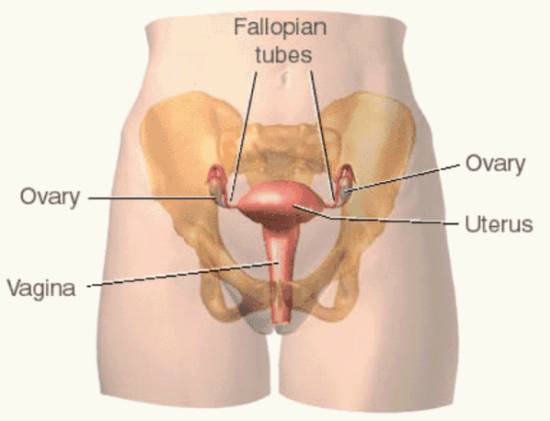Vaginoplasty generally pertains to reconstructive surgeries and cosmetic procedures done with the female reproductive organ. Since this procedure is performed either for health purposes or for cosmetic reasons, it would be good to know much information about vaginoplasty to ensure that the advantages of said outweigh the possible risks it imposes.
For medical reasons, vaginoplasty is performed to repair the parts of the vagina—mucous membrane, vulvo-vaginal structures—that might have been damaged due to congenital diseases or acquired illnesses such as cancer and other forms. For aesthetic achievements, it is done to strengthen the vulvo-vaginal region.
This operation is most of the time referred to as “vaginal rejuvenation” and “cosmetic or aesthetic vaginal surgery.” Simply, it is the “facelift” of the vagina—a process done to further improve the appearance and surface functions of the female reproductive organ.
There is a wide range of vaginoplasty procedures available to any who might medically need them. One is balloon vaginoplasty which is done to treat vaginal aplasia, but apart from addressing said problem, this procedure may also be performed for creating neovagina.
Since it uses laparoscopic technique, healthcare providers say that it is most of the time safe and non-invasive. It is also associated with cosmetically appealing vagina.
Another method is called don flap or labia minora flap. This technique may be compared with penile inversion. Despite the simplicity of this operation, doctors believe that it has disadvantages because it needs restorative labiaplasty to produce good and adequate vaginal depth and width.
The third one is penile inversion which is purely for cosmetic purposes. People who undergo this procedure have a clear goal of sex reassignment. Ultimately, it is used for creating neovagina or “new vagina” for transwomen patients.
Among the many vaginoplastic procedures, this one may require longer recovery period. Sexual intercourse after the recovery period is also limited as the width and depth of the reproductive organ can handle only so much.
Aside from the three aforesaid techniques, there are other vaginoplastic procedures that are done for various purposes. Some of which are buccal mucosa, colovaginoplasty, McIndoe technique, and so forth.
Just like any medical operation, vaginoplasty has its downsides as well. Most of them are irreversible. Meaning, there is no way to return what has been removed or altered. Time may also be an issue as it necessitates long recovery periods. Some procedures require at least six weeks, while some may need a couple of months. Also, sexual intercourse may not be possible days after the procedures.
Photo Credit By: torontosurgery.ca







